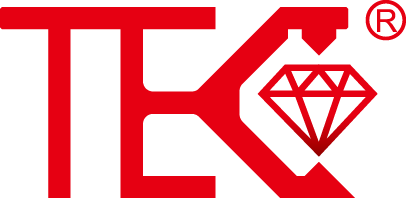What's the precise solution for magnetostrictive level gauges in underground storage tanks?
When dealing with the complex challenge of monitoring liquid levels in underground storage tanks, facility managers require technology that delivers uncompromising accuracy and reliability. Traditional measurement methods often fall short in these demanding environments where precision directly impacts operational efficiency and safety compliance. This is where magnetostrictive level gauges emerge as the sophisticated solution engineered specifically for these critical applications.
How Magnetostrictive Level Gauges Achieve Unmatched Precision
The exceptional accuracy of magnetostrictive level gauges stems from their sophisticated operating principle that combines magnetic and mechanical interactions. At the core of this technology lies a waveguide wire made of magnetostrictive material that runs through a protective tube. A float containing permanent magnets moves along this tube, precisely following the liquid surface. When an electrical current pulse is sent through the waveguide, it creates a magnetic field that interacts with the float's magnets, generating a torsional stress wave. The system measures the time delay between the current pulse and the returning wave to calculate the exact float position with resolutions reaching 0.1% of full scale. This non-contact measurement method eliminates mechanical wear while providing continuous, real-time level data.
Key Advantages for Underground Storage Tank Applications
Magnetostrictive technology offers distinct benefits that make it particularly suitable for underground storage environments. These gauges deliver exceptional measurement stability with repeatability within 0.01% of full scale, ensuring consistent inventory management and reducing measurement uncertainties. Their robust construction withstands the corrosive conditions often found in buried tanks while maintaining calibration over extended periods. Unlike mechanical floats that can stick or radar systems that struggle with tank obstructions, magnetostrictive gauges provide reliable performance regardless of vapor space conditions or internal structures. The technology's digital output simplifies integration with inventory management systems and enables remote monitoring capabilities that are essential for underground installations.
Installation Considerations for Optimal Performance
Proper installation is crucial for maximizing the performance and longevity of magnetostrictive level gauges in underground storage tanks. The gauge should be mounted in a location that represents the true average level, avoiding areas near fill lines or suction outlets that might cause turbulence. For tanks with mixers or agitators, strategic placement minimizes the impact of surface disturbances on measurement accuracy. The selection of appropriate materials ensures compatibility with stored liquids, while proper grounding protects the sensitive electronics from electrical surges. Regular calibration verification during routine maintenance confirms ongoing accuracy, though these systems typically maintain their precision for years without adjustment.
Integration with Modern Tank Management Systems
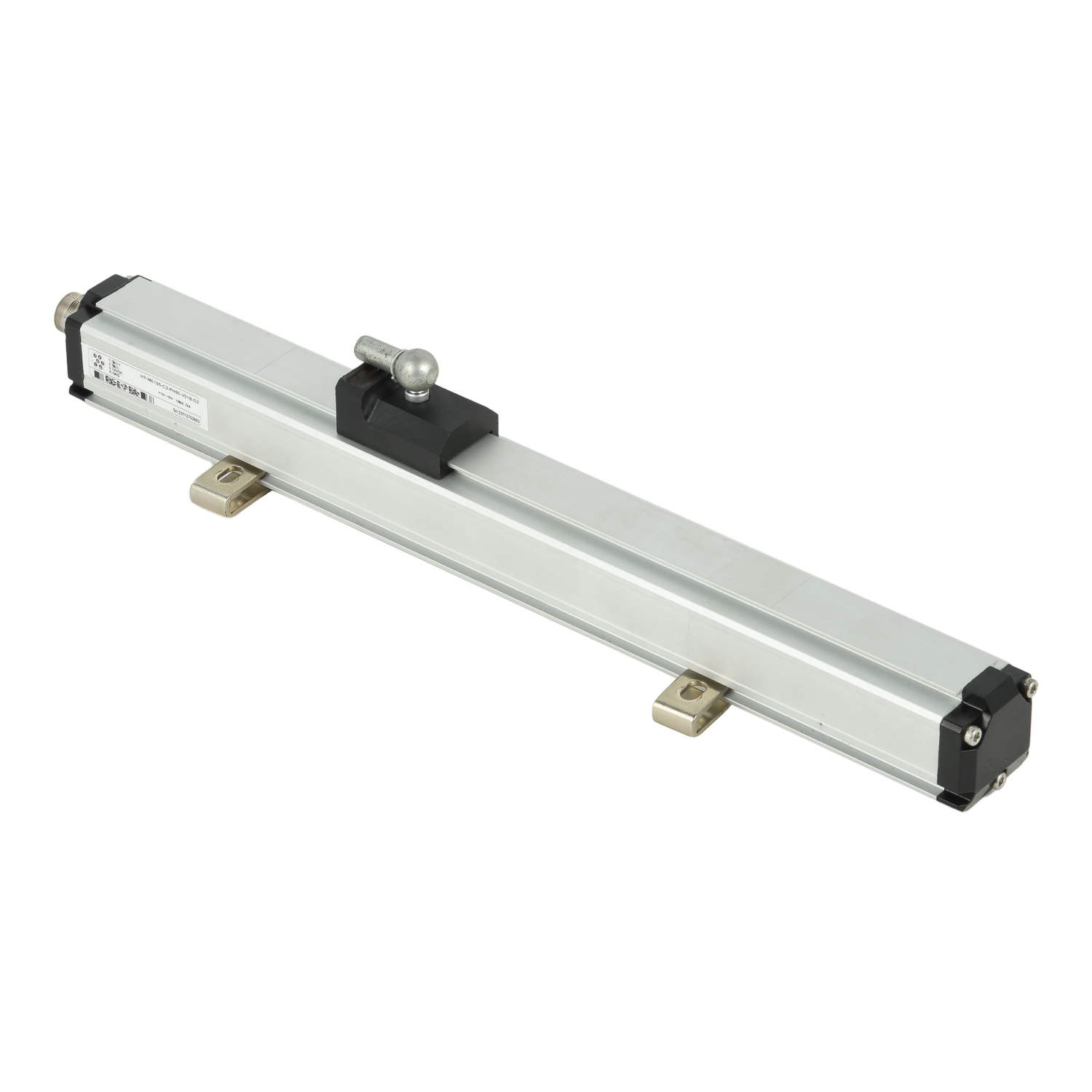
The true value of magnetostrictive level gauges extends beyond simple level measurement when integrated with comprehensive tank management platforms. These advanced sensors provide digital communication through protocols like HART, Foundation Fieldbus, or Modbus, enabling seamless data transfer to supervisory control systems. This integration allows for automated inventory tracking, leak detection capabilities, and predictive maintenance scheduling. The high-resolution data supports sophisticated applications including temperature-compensated volume calculations, loss prevention analysis, and regulatory compliance reporting. By combining level measurement with temperature sensing capabilities, these systems deliver the complete information needed for precise inventory control and operational decision-making.
Future Developments in Level Measurement Technology
As industrial operations continue to embrace digital transformation, magnetostrictive level gauge technology evolves to meet emerging requirements. Manufacturers are developing enhanced diagnostic capabilities that predict maintenance needs before they impact operations. Improved materials and coatings extend service life in increasingly aggressive media, while wireless connectivity options reduce installation complexity for existing tanks. The integration of additional measurement parameters and self-verification features further enhances reliability, making these systems the cornerstone of modern tank farm automation and smart facility initiatives.
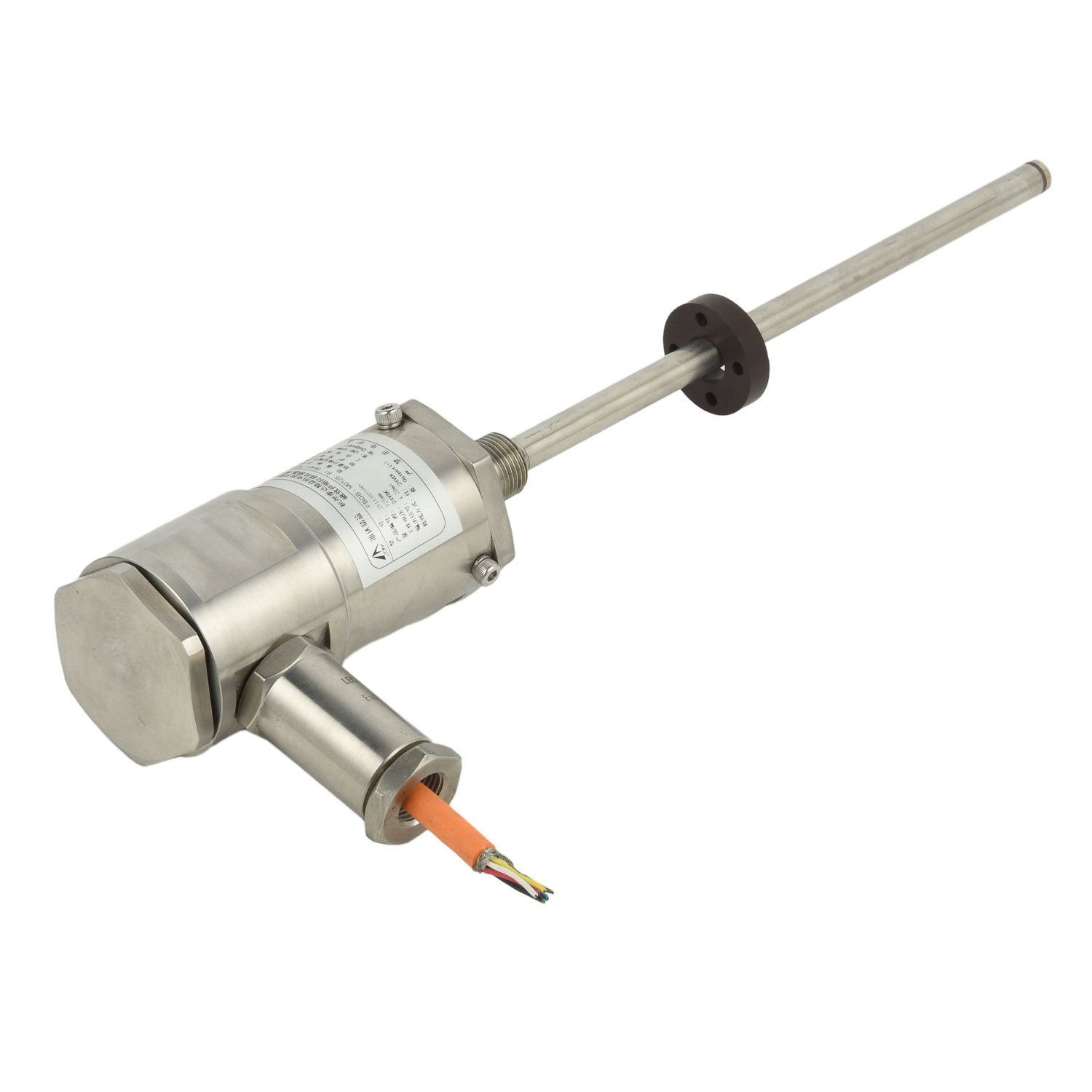 UpgradingYourLevelMeasurementS
UpgradingYourLevelMeasurementS
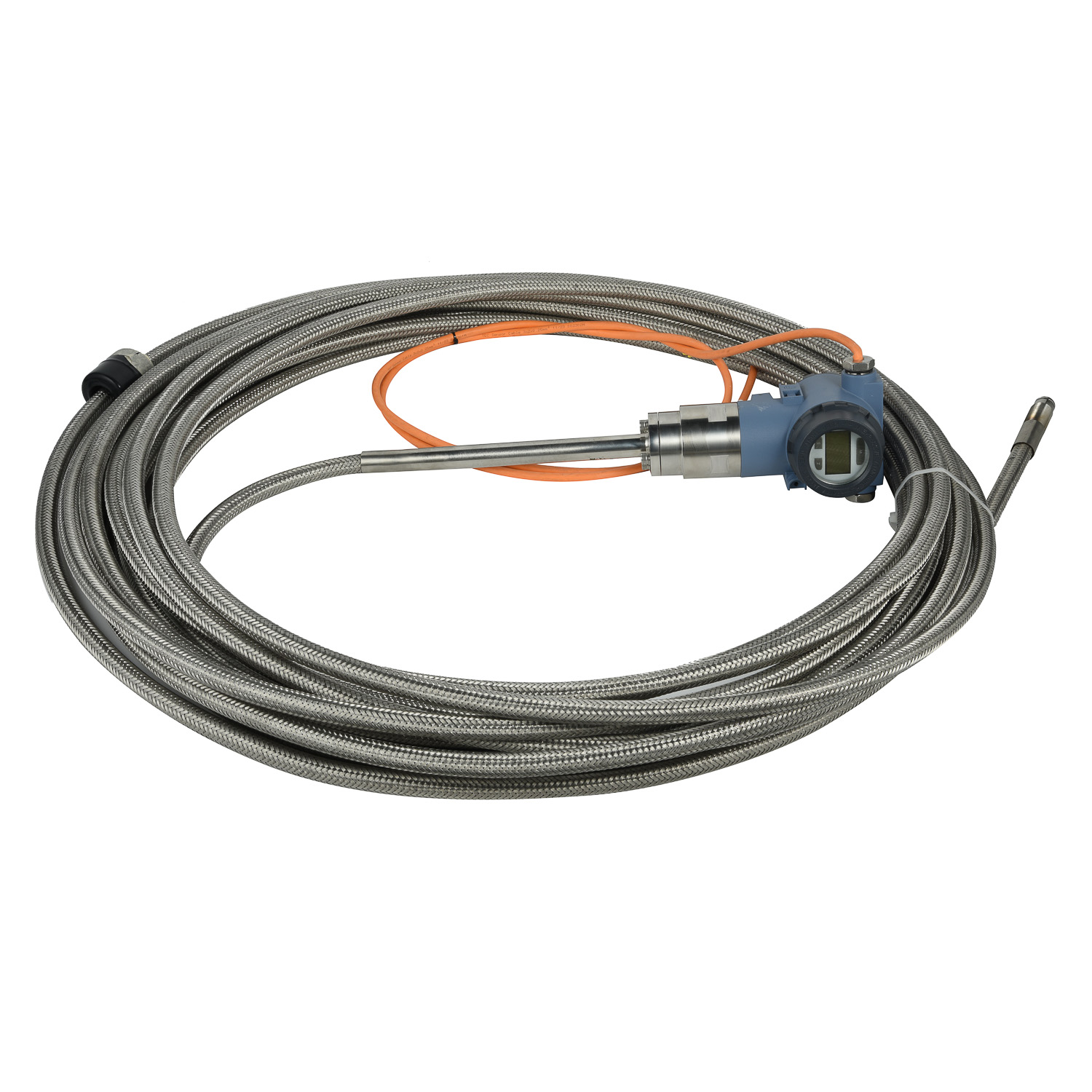 Why are magnetostrictive level
Why are magnetostrictive level
 ComparingMagnetostrictiveandRa
ComparingMagnetostrictiveandRa
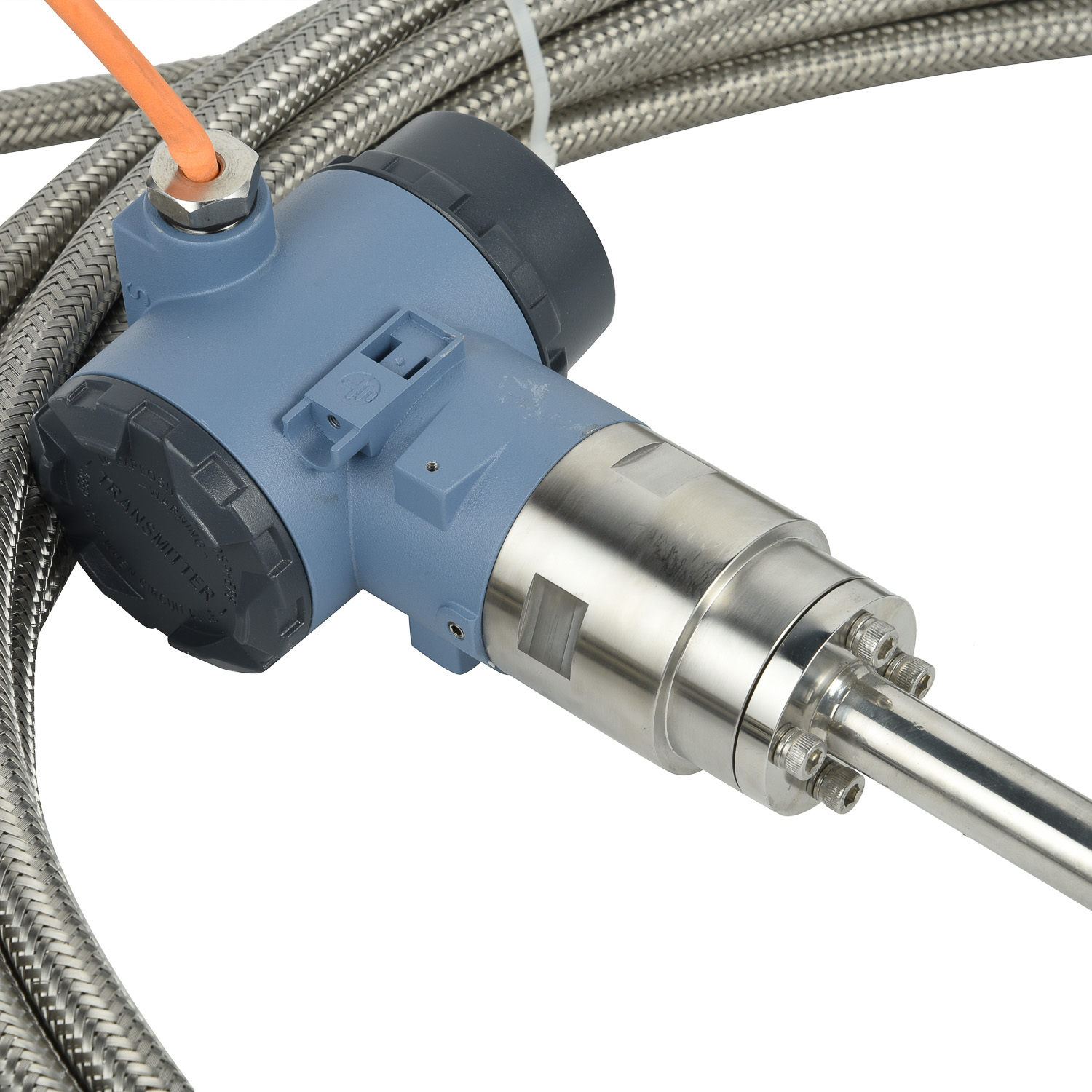 MagnetostrictiveLevelSensorfor
MagnetostrictiveLevelSensorfor
